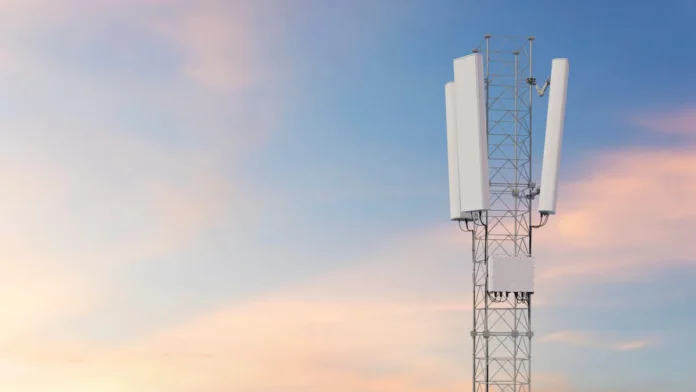Ericsson says Radio 6646 is capable of doing the job of nine radios, while cutting energy consumption by 40%
Ericsson has launched the Radio 6646, a new triple-band, tri-sector radio that the company claimed is capable of doing the job of nine radios, all while cutting energy consumption by 40% and weighing 60% less than comparable solutions.
The Radio 6646, which combines 900, 800 and 700 MHz frequency bands into one compact 2G to 5G-capable radio, extends the multiband capabilities of Ericsson’s tri-sector products, said the company. It will “enhance both outdoor and indoor coverage for all mobile generations [and] IoT and it will increase the capacity of 5G networks, “especially when combined with mid-band TDD over Carrier Aggregation and 5G SA.”
“Our new energy-efficient radio uniquely combines spectrum capabilities in an easy-to-install form factor,” said Ericsson’s Head of Product Area Networks David Hammarwall. “This will simplify deployments and extend 5G coverage, starting in Europe. With this latest innovation, service providers can scale up 5G Standalone [SA] deployments with new applications for consumers, enterprises, and mission-critical communications.”
Ericsson pointed to the radio’s support for the 700 MHz band as a particular boon for 5G SA, stating that this band is thought to be “one of the key spectrums for 5G SA deployments, where low bands extend the performance and reach of mid-band TDD [Time Division Duplex].”
Telefonica is using the compact and flexible radio to help it expand its 5G coverage cost-efficiently and sustainably. “[T]he footprint and energy consumption achieved are something we believe will be a powerful driver for 5G, and we look forward to the first deployments in Spain,” said Vicente Abad, RAN technology and support manager at Telefonica Spain.
In 2021, Ericsson launched the Radio 6626, a three-sector dual-band radio to help operators increase their Frequency Division Duplex (FDD) 5G frequency capacity and reduce energy consumption by 50%. This solution is commercially available worldwide.

